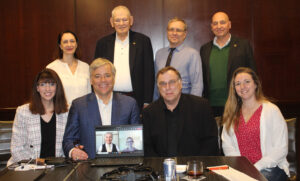
PAC Meeting, March 26, 2023
Seated, L to R: Jessica S. Wieder, Randall N. Hyer [Vice President[, Jerrold T. Bushberg [NCRP Vice President], & Angela Shogren. Standing: Manuela Buonanno, Charles W. Miller, Thomas E. Johnson, & Paul A. Locke. On screen: Vince Covello & Caitlyn Lutfy
Description
Develop a strategic plan consistent with NCRP’s mission and PAC responsibilities using the goals of the policy advisory panel as a starting point.
Goal
- identify the policy implications of NCRP publications, meetings and other events, and seek to communicate those implications in a credible and comprehensible manner to policy makers and the public;
- suggest members or serve as members of new NCRP scientific committees whose topics relate to education, risk communication, policy, and outreach;
- provide advice, wording, and strategic outreach options to policy makers and the public for NCRP reports;
- ensure that NCRP communications and outreach emphasize NCRP’s paramount role in providing scientific information and develop communications and outreach strategies so that NCRP’s recommendations are of maximum assistance to policy makers; and
- bolster educational efforts aimed at recruiting, training and retaining radiation health professionals.
2016 Accomplishments
PAC met at the 2016 Annual Meteting
Prior Accomplishments
PAC met at the 2015 Annual Meteting
Scheduled Activities
Membership
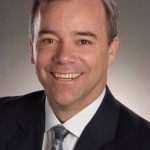
Randall N. Hyer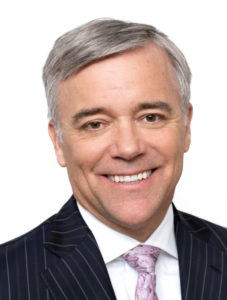
has over three decades’ experience in high-concern, low-trust public communications. He advises the National Academy of Sciences, Engineering and Medicine, lectures at Harvard University, and advises/educates both individuals and organizations on how to implement best practices in risk and crisis communication. His diverse experience covers disease outbreaks, nuclear emergencies, natural disasters, outbreak investigations, product safety concerns, reorganizations and downsizing, budget cuts, rogue employee mitigations, health hazard evaluations, and strategic communications. As the Senior Vice President for Global Medical at Moderna, Dr. Hyer helped develop, communicate, and manage the global rollout of the Moderna COVID-19 mRNA vaccine. In 2017, he was pivotal in engaging the scientific, medical and policy communities to achieve Food and Drug Administration approval of a new adult hepatitis B vaccine (HEPLISAV-B®), the first vaccine using a truly novel adjuvant. Board-certified in general preventive medicine and public health, Dr. Hyer earned his MD from Duke and trained at Walter Reed Hospital and Harvard. He received the PhD from the University of Oxford researching the genetics of juvenile diabetes. His studies won the National Institutes of Health "Outstanding Research Award for Clinical Trainees" and are widely cited. At Oxford University, Dr. Hyer founded the biotechnology company, Alpha-Plus DNA. He also served as a U.S. Congressional Fellow for Senator Pete V. Domenici (R. -NM). Dr. Hyer helped introduce legislation to safeguard genetic privacy that eventually became the Genetic Information Non-discrimination Act (GINA) of 2008. Dr. Hyer graduated with Distinction from the U.S. Naval Academy. Rising to the rank of Commander, his naval service included four major military combat operations in Europe and southwest Asia as well as three major complex humanitarian emergencies with Kosovo relief, Mozambique flood relief, and the Indian Ocean tsunami. Dr. Hyer also served as the Winter-Over Medical Officer at the McMurdo and South Pole Stations, Antarctica as the sole physician. At the World Health Organization (WHO) in Geneva, Dr. Hyer served as a Medical Officer and Military Liaison. Among other duties, he helped facilitated the WHO response to various crisis such as anthrax, Ebola, the 2003 SARS outbreak, tsunamis, earthquakes, and pandemic influenza. Dr. Hyer’s perspectives and contributions span his residing in eight and travelling to 100 plus countries in diverse roles across the public and private sectors. |
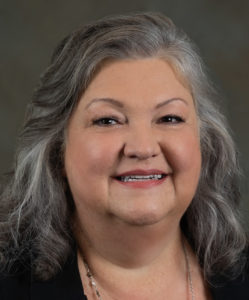
Lisa Bruedigan
is the Director of the Radiation Section of the Texas Department of State Health Services, where she has oversight of all aspects of the state's radiation control program, including licensing, operations, inspections, investigations, environmental monitoring, and emergency response, having a direct impact on the health and safety of the people of Texas through monitoring compliance with regulations. She started her radiation career as a radiological technologist before moving to the state as an inspector and then a trainer for the x-ray program. Ms. Bruedigan was recently elected as the Chair-Elect of the Conference of Radiation Control Program Directors (CRCPD) and served two previous terms as Treasurer and as Member-at-Large. She also chairs two CRCPD committees and serves on four task forces. She is the current CRCPD liaison to the American College of Radiology. Ms. Bruedigan represented CRCPD at the International Atomic Energy Agencies (IAEA) conference on the Radiation Safety Culture in the United States and again on the efforts CRCPD has made to fulfill the Bonn Call to Action. She has also presented at a conference hosted by the World Institute of Nuclear Securities on the Texas 24-month storage rule for radioactive material. She recently gave a presentation on the U.S. Perspective of Radiation Safety in Non-Food Commodities at the 53rd Radiation Safety Standards Committee Meeting hosted by the IAEA. |
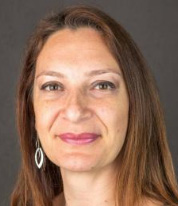
Manuela Buonanno
|
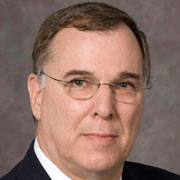
JERROLD T. BUSHBERG
is a Clinical Professor of Radiology and Clinical Professor of Radiation Oncology at the University of California (UC) Davis School of Medicine. He holds the title of Director Emeritus Medical/Health Physics Programs and retired as Associate Chair of the Department of Radiology in 2018. He is currently Chair of the Board of Directors and Senior Vice President of NCRP. He is an expert on the biological effects, safety and interactions of ionizing and nonionizing radiation and holds multiple radiation detection technology patents. With over 40 y of experience, he has served as a subject matter expert and an advisor to government agencies and institutions throughout the nation and around the world, including the U.S. Department of Homeland Security, the U.S. Food and Drug Administration’s Center for Devices and Radiological Health, the World Health Organization, and the International Atomic Energy Agency in the areas of ionizing and nonionizing radiation protection, risk communication, medical physics, and radiological emergency medical management. In 2016, Dr. Bushberg was appointed Vice Chair of the Committee on Man and Radiation, which is a Technical Committee of the Institute of Electrical and Electronics Engineers Engineering (IEEE) in Medicine and Biology Society. In addition, he is an elected member of the IEEE International Committee on Electromagnetic Safety and was recently appointed by the U.S. Health Physics Society as its representative to the International Radiation Protection Organization Committee on Non-ionizing Radiation Safety. Former Commander in the U.S. Naval Reserve, among other assignments, CDR Bushberg served as Executive Officer of the Chemical/Biological/Nuclear Technical Unit 120 Pacific, a highly skilled multidisciplinary military emergency response and advisory team based out of the Alameda Naval Air Station in California. Dr. Bushberg is an elected fellow of the American Association of Physicists in Medicine and the Health Physics Society. He is certified by several national professional boards with specific subspecialty certification in radiation protection and medical physics and served as a Director and Vice Chair of the American Board of Medical Physics from 2018 to 2022. In 2014, Dr. Bushberg was awarded the NCRP Warren K. Sinclair Medal for Excellence in Radiation Science and received the Professor John C. Christiansen Distinguished Alumnus award from Purdue University School of Health Sciences in 2016. Prior to coming to the UC Davis Health System as technical director of Nuclear Medicine, Dr. Bushberg was on the faculty of Yale University School of Medicine Department of Radiology, where his research focused on radiopharmaceutical development. Dr. Bushberg has had responsibility for postgraduate medical education in medical physics, radiation (ionizing and nonionizing) biology, and protection for more than 30 y. The fourth edition of the textbook, The Essential Physics of Medical Imaging, authored by Bushberg, Seibert, Leidholdt, and Boone, is used extensively in radiology residency programs throughout the United States. |
 Vince Covello Vince Covello |
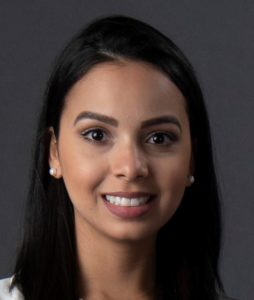
Sara Dumit
is a Scientist at Los Alamos National Laboratory (LANL) and a Lindau Nobel Laureate Meeting Young Scientist (Alumna: 2022 and 2021). She earned her PhD in Pharmaceutical Sciences from Washington State University, with doctoral research work conducted at the U.S. Transuranium and Uranium Registries. Her postdoctoral research work was completed at LANL’s Internal Dosimetry Group, Radiation Protection Division. Nationally, Dr. Dumit serves as a member of the NCRP Program Area Committee (PAC) 7 “Radiation Education, Risk Communication, and Outreach”, as a member of NCRP Scientific Committee 6-13: “Methods and Models for Estimating Organ Doses from Intakes of Radium,” and as the official liaison from PAC 7 to PAC 6. She serves as the Chair of the Public Information Committee of the Health Physics Society (HPS) and Secretary/Treasurer of the HPS Early-Career Professionals Section. She is a consultant for the ANSI N13.64 “Medical Management of Radiologically Contaminated Wounds” and a member of the ANSI N13.14 “Tritium Bioassay Standard.” She also serves as a guest lecturer on Internal Dosimetry at Northern New Mexico College and as an ad hoc reviewer for the Health Physics Journal. Internationally, Dr. Dumit serves as a member of the European Radiation Dosimetry Group (EURADOS) Working Group 7 on Internal Dosimetry, including being a member of both task groups, “Biokinetic Modeling of DTPA Therapy” and “Internal Dosimetry in Case of Emergency.” She was invited as a member of the “EURADOS/REMPAN Wound Contamination Project: Monitoring, dosimetry and clinical management of internal contamination through wounds" for the World Health Organization (WHO)/Radiation Emergency Medical Preparedness and Assistance Network (REMPAN). Furthermore, she is a Member-Mentee of the International Commission on Radiological Protection (ICRP) Task Group 121: “Effects of Ionising Radiation Exposure in Offspring and Next Generations.” Dr. Dumit has authored and co-authored numerous scientific publications and abstracts to the radiation protection literature and presented her research numerous times (nationally and internationally), including as an invited speaker at ICRP, HPS, EURADOS, Gordon Research Conference (GRC), and WHO-REMPAN meetings. Dr. Dumit was awarded the 2022 John D. Boice, Jr., Young Investigator Award of the NCRP, the 2022 Elda E. Anderson Award of the HPS, and the 2024 Carl Storm Underrepresented Minority Fellowship from the GRC - Metals in Medicine. |
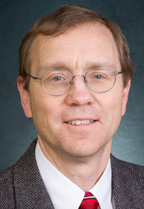
Thomas E. Johnson
Dr. Johnson's work seeks to understand how contaminants move in the environment, the impact on biota and humans. Currently, he is focused on examining the environmental impact of the Fukushima Daiichi reactor accident and coordinating student research in the area. This work directly applies to his other area of interest, uranium mining and its impact on the environment. |
 Michelle Laver Michelle Laver
|

PAUL A. LOCKE a public health scientist and attorney, is an Associate Professor at the Johns Hopkins University Bloomberg School of Public Health in the Department of Environmental Health Sciences, Division of Molecular and Translational Toxicology. He holds an MPH from Yale University School of Medicine, a DrPH from the Johns Hopkins University Bloomberg School of Public Health, and a JD degree from Vanderbilt University School of Law. Dr. Locke's research and practice focus on how decision makers use environmental health science (toxicology, radiobiology, epidemiology) in regulation and policy making and how environmental health sciences influence the policy-making process. His areas of study include radiation risk communication, designing and evaluating radiation protection initiatives and radiation policies, radon risk reduction, safe disposal of high level radioactive waste, and use of computed tomography as a diagnostic screening tool. Dr. Locke directs the School's Doctor of Public Health program in Environmental Health Sciences. Dr. Locke was a member of the National Academy of Sciences (NAS) Nuclear and Radiation Studies Board from 2003 to 2009. He has served on seven National Academy committees, and is currently a member of an NAS committee that is tasked with providing an assessment of lessons learned from the Fukushima nuclear accident for improving the safety and security of nuclear plants in the United States. He is also a member of the Board of Directors of NCRP. He was program committee chair of the NCRP's 2010 annual meeting entitled "Communication of Radiation Benefits and Risks in Decision Making." Dr. Locke is admitted to practice law in the state of New York, the District of Columbia, the Southern District Court of New York, and the United States Supreme Court. |
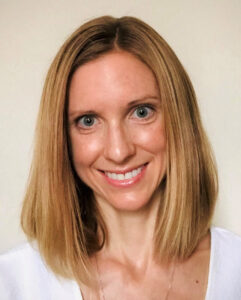
Caitlyn Lutfy
has served as a communicator for CDC’s Radiation Studies Section and was a lead communicator for the 2022 Cobalt Magnet exercise. In collaboration with the U.S. Environmental Protection Agency (EPA), she drafted the forthcoming radiation publication, Communicating in the Immediate Aftermath. Ms. Lutfy also works on risk communication for every-day radiation exposure including launching the CDC’s first Radon Awareness Week in 2021. She has been active in several of CDC’s emergency responses, deploying to Liberia for the 2014 Ebola outbreak, and serving in the agency’s Joint Information Center for the Zika virus response, several hurricane responses, and as part of the initial communication team to work on the COVID-19 response. Outside of emergency responses, Ms. Lutfy has held several risk communication roles. She served on CDC’s Crises and Emergency Risk Communication team, updating the most recent edition of the manual and developing training curricula. Ms. Lutfy has also worked on risk communication for the opioid crisis. |
 M. Carol McCurley M. Carol McCurley |
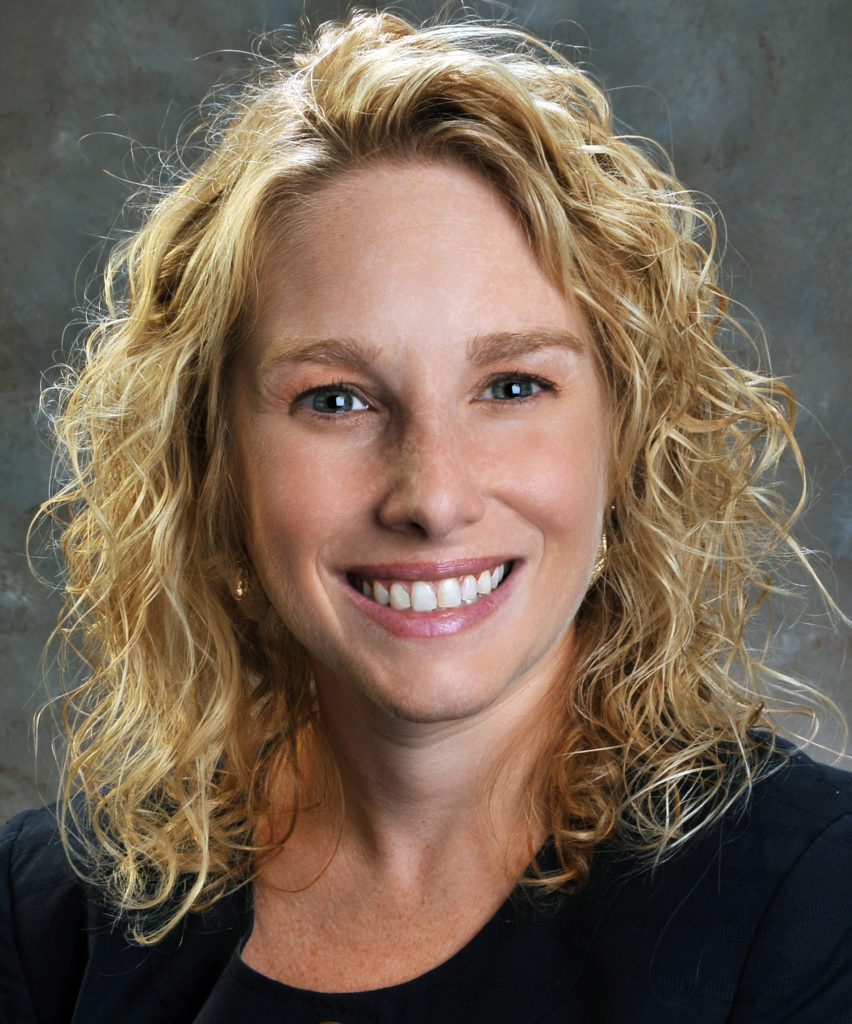
Judith F. Rader
leads the integrated communications strategy, planning and execution for Exelon Generation, one of the largest, most efficient clean energy producers in the United States, with a generating capacity of more than 35,500 MW and a workforce of 11,500 employees. Exelon Generation operates the nation’s largest fleet of carbon-free nuclear plants and a diverse mix of wind, solar, landfill gas, hydroelectric, natural gas, and oil facilities. She also oversees communications for Constellation, a leading competitive energy retail supplier with two million customers. In her role, Ms. Rader leads a team of 30 employees in an integrated communications program that includes internal communications, media relations, executive positioning, digital and social media, and issues and crisis management. Her team focuses on enhancing and protecting the reputation of Exelon Generation and its assets with internal and external stakeholders, advancing employee engagement, and supporting the company’s policy and business objectives through effective communications. |
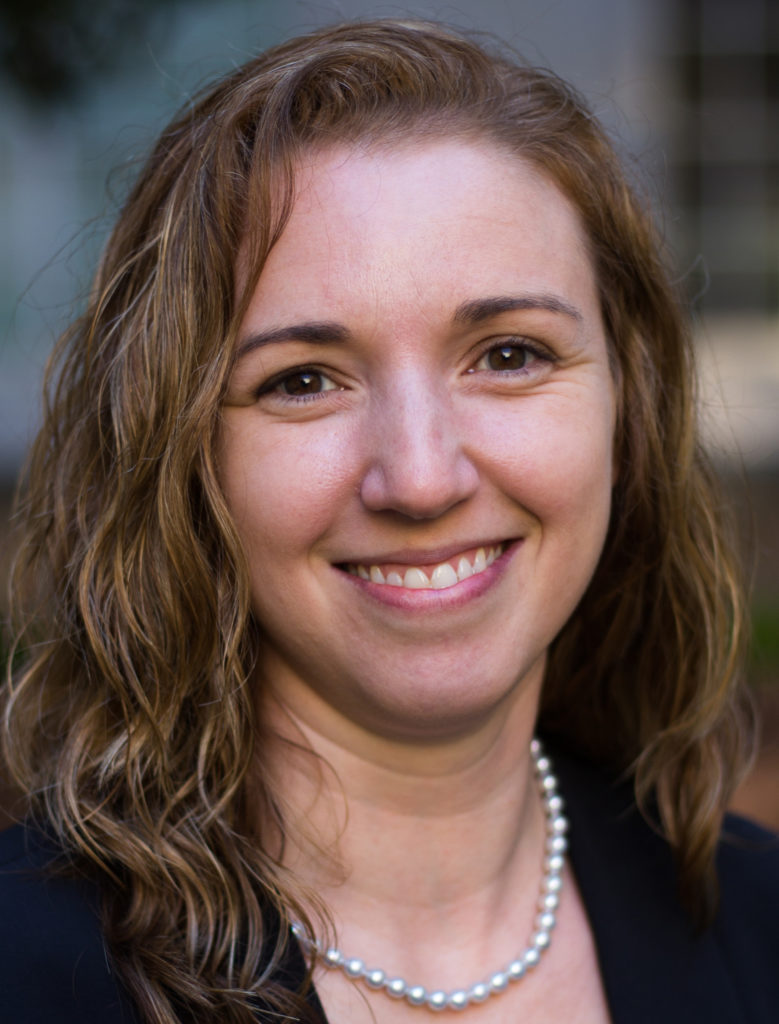
Angela Shogren
|

Jessica S. Wieder
Ms. Wieder is the Director of the Center for Radiation Information and Outreach at the U.S. Environmental Protection Agency (EPA). She served at EPA’s senior radiation public information officer during the 2011 Fukushima Daiichi nuclear accident, facilitated international panels on emergency response public communication, and was part of the contingency planning team for the 2011 launch of the Mars Science Laboratory. In 2013, she was awarded EPA's Exemplary Customer Service Award for her leadership in enabling all levels of government to provide quick, effective communications to the American people in response to large-scale radiological emergencies. In 2010, Ms. Wieder was detailed to Federal Emergency Management Agency's Chemical, Biological, Radiological, Nuclear and Explosives Branch, where she created the intergovernmental Nuclear/Radiological Communications Working Group. With her guidance, this group developed the nuclear detonation messaging document Improvised Nuclear Device Response and Recovery: Communicating in the Immediate Aftermath. |
 Vivi Siegel, Consultant Vivi Siegel, Consultant |


 News & Events
News & Events